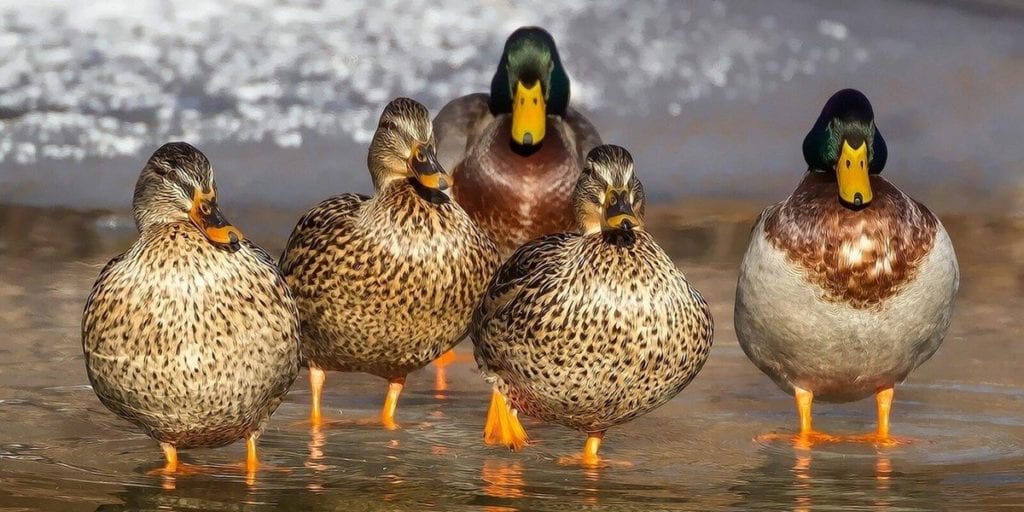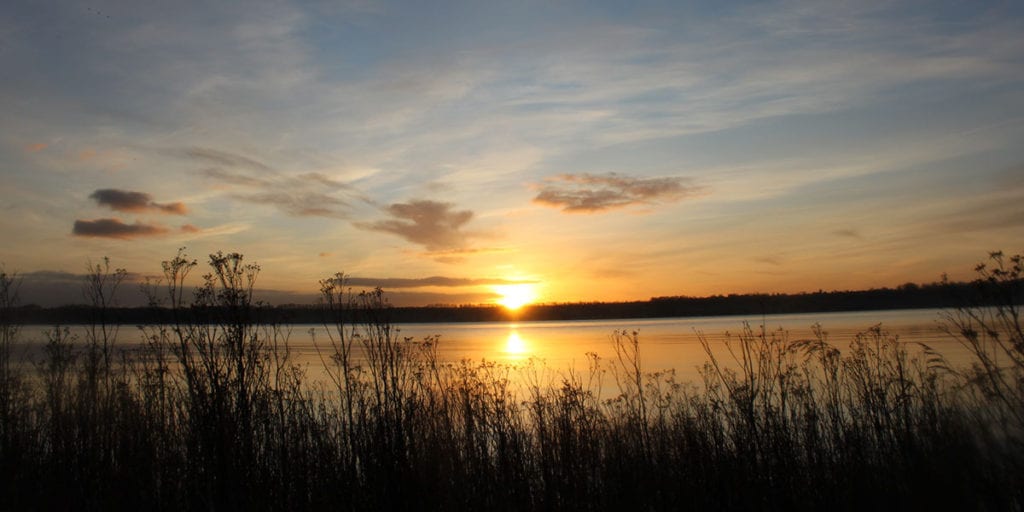The Wetland Bird Survey (WeBS)

Heather Warrender
The Wetland Bird Survey (WeBS) monitors non-breeding waterbirds throughout the UK. It follows a tradition that began in 1947, providing a valuable source of data on species population trends, abundance and distribution.
Counting by number
Monthly counts carried out by over 3,000 volunteers take place throughout the year. Each counter is responsible for a specific site, called a WeBS sector, with some bigger sites requiring multiple counters.
National synchronisation of counts takes place on Core Count dates (one pre-set Sunday a month). This helps to account for some of the difficulties around the mobility of waterbirds; if all counters count on the same day, and at the same time, it reduces the chance of the same birds being counted twice.
Why the Wetland Bird Survey is important

The WeBS initiative is hugely important in monitoring our migratory waterfowl populations. Although it does not provide us with an overall population figure – often referred to as a ‘census’ – it has proven to be one of the best monitoring tools in Europe.
An understanding of population trends, derived from this source of data, often forms the basis for decision-making by conservation bodies in order to consent activities such as wildfowling over protected sites.
WeBS data has sometimes been wrongly used as a census by regulators, and statements like “wildfowlers have shot 15 per cent of the site’s wigeon” have been quoted. Such statements are simply untrue, which is why improving understanding of this data and how to interpret it is vital. This is something BASC’s wildfowling team is working with government bodies to improve.
Get involved, be a volunteer

Currently there are a few vacant sites around the country which require volunteers. I would encourage anyone with an interest in wildfowl and a few spare Sundays available, to touch base with their local WeBS coordinator and contribute to this valuable dataset.
As a contributor, you can then be safe in the knowledge that the information collected is helping to ensure decisions made relating to the sport of wildfowling are based on evidence and science rather than a precautionary approach based on misguided assumptions.
Science now forms a huge part of our shooting activities and it is vital that we are at the forefront of data collection, helping to monitor the species we know and love. Only then can we confidently stand up to external scrutiny to guarantee a sustainable future for wildfowling.
Get involved, be a volunteer
- Click here to use the interactive map of vacant sites
- Find a site near you – the map is colour coded to show the priority level of vacant sites
- Once you have found a vacant site click on it. This will bring up further information about the site.
- Click ‘View Details’
- You will then be able to email the local WeBS organiser to enquire about being a counter.
